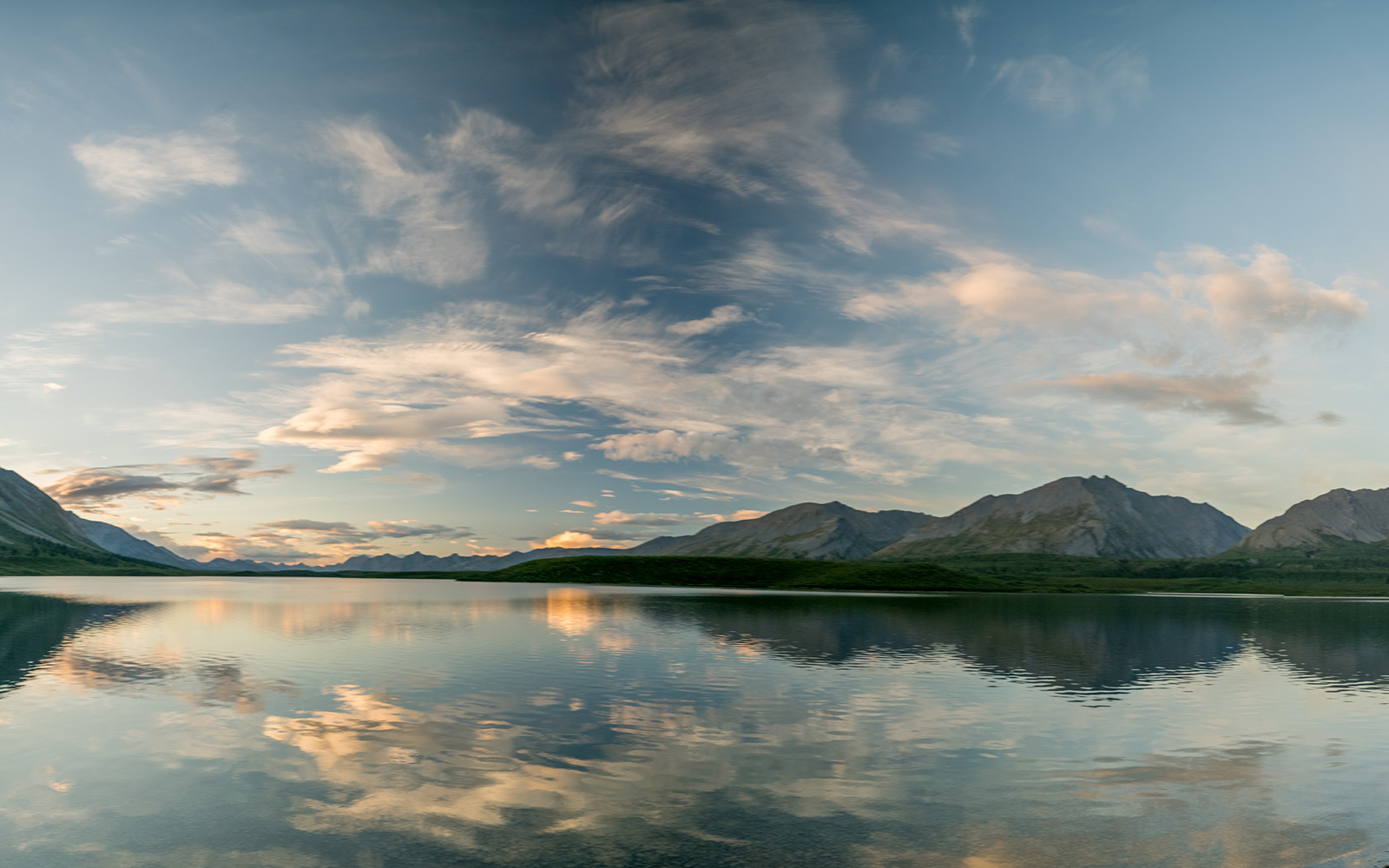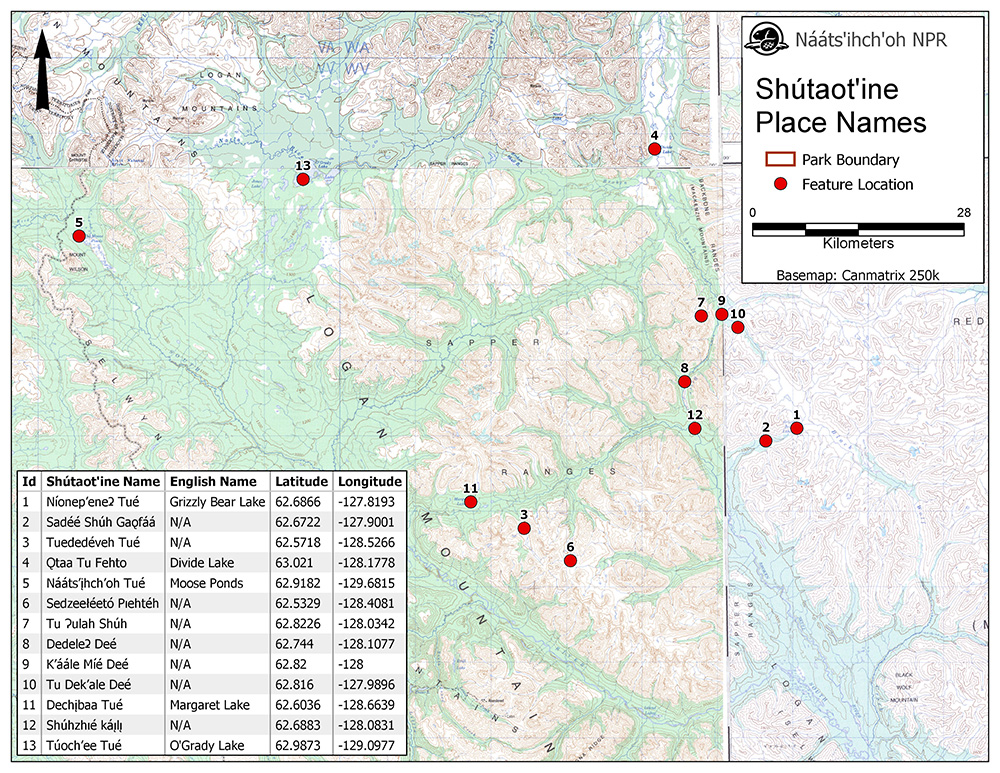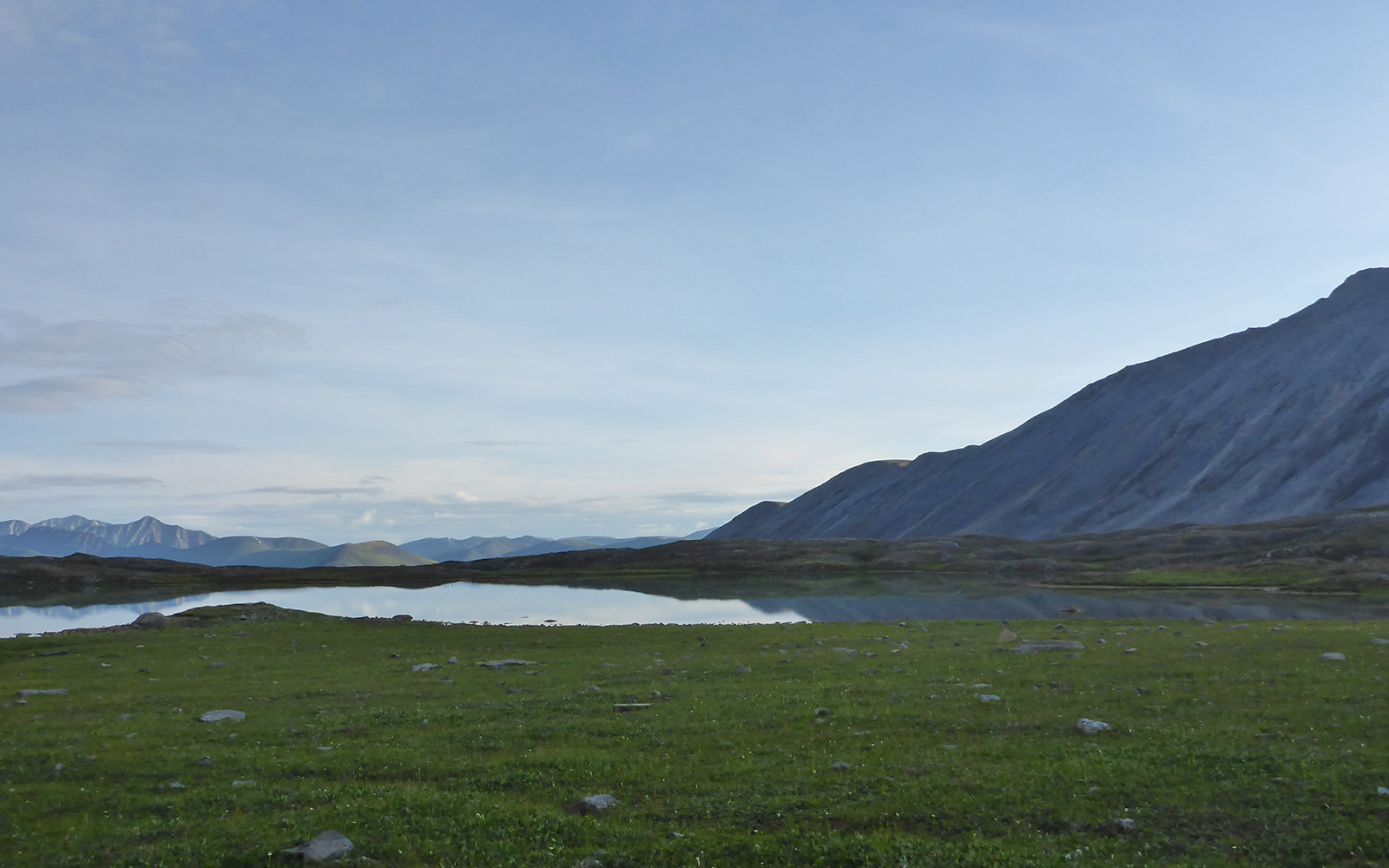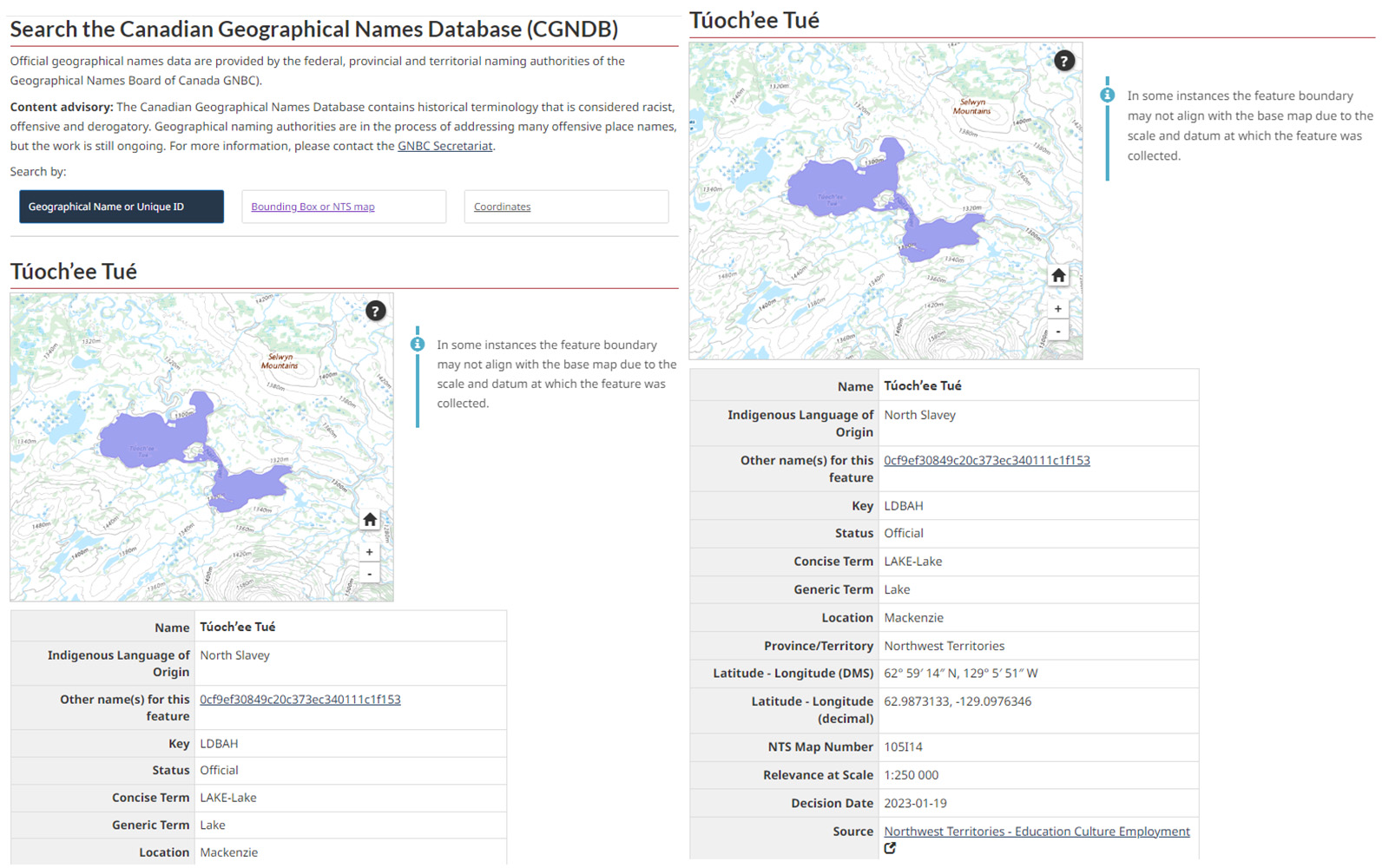
Indigenous Place Names on the Map of Canada
Nááts'įhch'oh National Park Reserve
Indigenous place names are a part of the landscape in Canada’s heritage places, although not all the names are yet an official part of the map of Canada.
Documenting Indigenous NamesA few years ago, Parks Canada worked with local Shúhtaot’ine Elders to identify Indigenous place names for locations in Nááts’įhch’oh National Park Reserve. Old names were restored, new names were given, and English names were translated. A total of 32 names were gathered and have been posted, with audio of the names being spoken, on the Nááts’įhch’oh National Park Reserve webpage https://parks.canada.ca/pn-np/nt/naatsihchoh/info/culture/names_noms
The Geographical Names Board of CanadaBut that is not the end of the story. The Elders decided to submit 13 of the names to the Geographical Names Board of Canada for inclusion in the Canadian Geographical Names Database. https://natural-resources.canada.ca/earth-sciences/geography/geographical-names-board-canada/about-canadian-geographical-names-database/9180 The database is the authoritative national database of Canada’s geographical names for all named landmasses and water bodies. The data is freely available online through the Federal Government. If you are planning to produce a map of Canada, this is where you get the official list of geographical place names.
Included On the MapOnce the 13 new names and changes were approved by Parks Canada and the Government of the Northwest Territories they were submitted to the Geographical Names Board of Canada for inclusion into the Canadian Geographical Names Database. The 13 place names are again in common use in Nááts’įhch’oh National Park Reserve and are also now part of the official map of Canada.
Accessible to AllDene place names are a record of this land’s original inhabitants and of their history. Making these names a part of the Canadian Geographic Names Database ensures that they are recognized by all Canadians and by people around the world.

Ǫtaa Tu Fehto means the “bucket of water (Ǫtaa Tu) at the high point of land (Fehto)”; or “the high point of land where the bucker of water is sitting.” Prior to this name change, this was one of two lakes in the region with the name Divide Lake.

Dechįbaa Tué is a new name meaning “treeline scattered forest.” The name was determined through consensus by participants at an Elders Workshop. Prior to this name change, this lake was officially known as Margaret Lake.
Related links
- Date modified :


